
Sleeping Trick? Why Sticking One Foot Out Actually Works
Your brain expects a gentle drop in body temperature before sleep. Scientists use a measure called the distal-to-proximal gradient (DPG) to study this. It compares the warmth of your hands and feet (distal areas) with the warmth near your trunk (proximal areas). A larger gradient indicates that more heat is leaving through your extremities, and studies show that a higher DPG is strongly associated with faster sleep onset. Surprisingly, this effect remains significant even when accounting for melatonin timing or heart rate.
One simple trick: leave a foot uncovered. This small adjustment helps heat escape more efficiently, strengthens the DPG, and can meaningfully shorten the time it takes to fall asleep.
How Hands and Feet Regulate Heat
Hands and feet have special blood vessel shortcuts called arteriovenous anastomoses (AVAs). These tiny valves allow warm blood to flow directly from arteries to veins near the skin surface, efficiently dumping heat. Concentrated in the palms and soles, they act as powerful heat radiators, allowing your body to fine-tune temperature quickly.
At bedtime, even if your room feels a little warm, exposing one foot engages these natural heat-release pathways without forcing you to throw off all the blankets. Your body can adjust cooling in seconds, maintaining comfort while preparing for sleep.
Practical Applications: DPG in Action
Research shows that warm hands and feet, along with a higher DPG, lead to faster sleep onset. Conversely, cold, constricted vessels in the feet can delay sleep by blocking heat loss.
You have options depending on your comfort:
-
Expose a foot to cool naturally.
-
Warm your feet gently with socks or a foot bath before bed.
Both approaches encourage distal vasodilation, allowing your core temperature to drop smoothly and signaling your body that it’s time for sleep. Warm footbaths in the evening and wearing cozy bed socks are proven to help reduce sleep latency and nighttime awakenings. Timing matters: aim to finish a warm bath 1–2 hours before bed to let core temperature begin its natural decline.
Ideal Bedroom Temperature
Most adults sleep best in a cool bedroom, around 18°C (64–65°F), though the optimal range is roughly 15.6–19.4°C (60–67°F). Cooler air facilitates the natural nighttime drop in core temperature, while warmer rooms slow it down, often fragmenting sleep.
Additional considerations:
-
Humidity and airflow influence comfort; a fan or light duvet can help.
-
Bedding: Avoid heavy comforters or heat-trapping foams. Use breathable materials to support natural cooling.
-
Personal differences: Older adults may prefer slightly warmer rooms, while children need extra protection from overheating.
Enhancing Sleep with Small Habits
Temperature is powerful, but combining it with other bedtime routines maximizes benefits:
-
Dim lights 2 hours before bed to prevent melatonin suppression.
-
Avoid caffeine late in the day.
-
Keep the bed for sleep and intimacy, not screens.
-
Journal stressful thoughts to offload mental noise.
-
Avoid heavy dinners and alcohol near bedtime.
The uncovered-foot trick works best when part of a consistent nightly ritual. Keep a light pair of socks nearby if your foot gets cold, and consider a quiet fan for airflow and gentle white noise. Layered bedding allows flexible temperature adjustments for couples or individuals who run hot or cold.
Limitations and Considerations
Not everyone will benefit from a dangling foot:
-
People with cold extremities, circulation issues, neuropathy, or Raynaud’s may need gentle warming first.
-
Very young children should avoid chilling; they may self-vent naturally.
-
If your room is already cool and your bedding light, the effect may be minimal.
Other factors—pain, caffeine, stress, late exercise, or hot flashes—can override temperature benefits. In such cases, combine the foot trick with calming routines, earlier workouts, or layered bedding to regulate heat.
Common Questions
-
How long should the foot stay out? Until you feel comfortable and drowsy. Some people switch feet or uncover an ankle for airflow.
-
Seasonal adjustments: In summer, use light, breathable layers; in winter, uncover briefly and then recover the foot when settled.
-
For couples: A split duvet or extra throw at the foot works well for different temperature preferences.
The principle is universal: controlling distal heat loss helps your body signal that it’s time for sleep, regardless of age or bedding choices.
Why the One-Foot Trick Works
Scientific studies repeatedly show that distal vasodilation predicts faster sleep onset. The key is thermoregulation, not magic. Hands and feet are biologically designed to release heat efficiently. Leaving one foot uncovered increases heat loss while keeping the rest of your body cozy under blankets. This helps your core temperature continue its evening decline, supporting a smoother transition into non-REM sleep.
If you wake hot at night, try the foot trick again—no gimmicks, just basic physiology at work.
News in the same category


The Best Foods to Cleanse and Prevent Clogged Arteries

Capsaicin Stops Heart Attacks And Destroys Cancer Cells

17 Signs Your Body Is Too Acidic And 9 Ways To Quickly Alkalize It
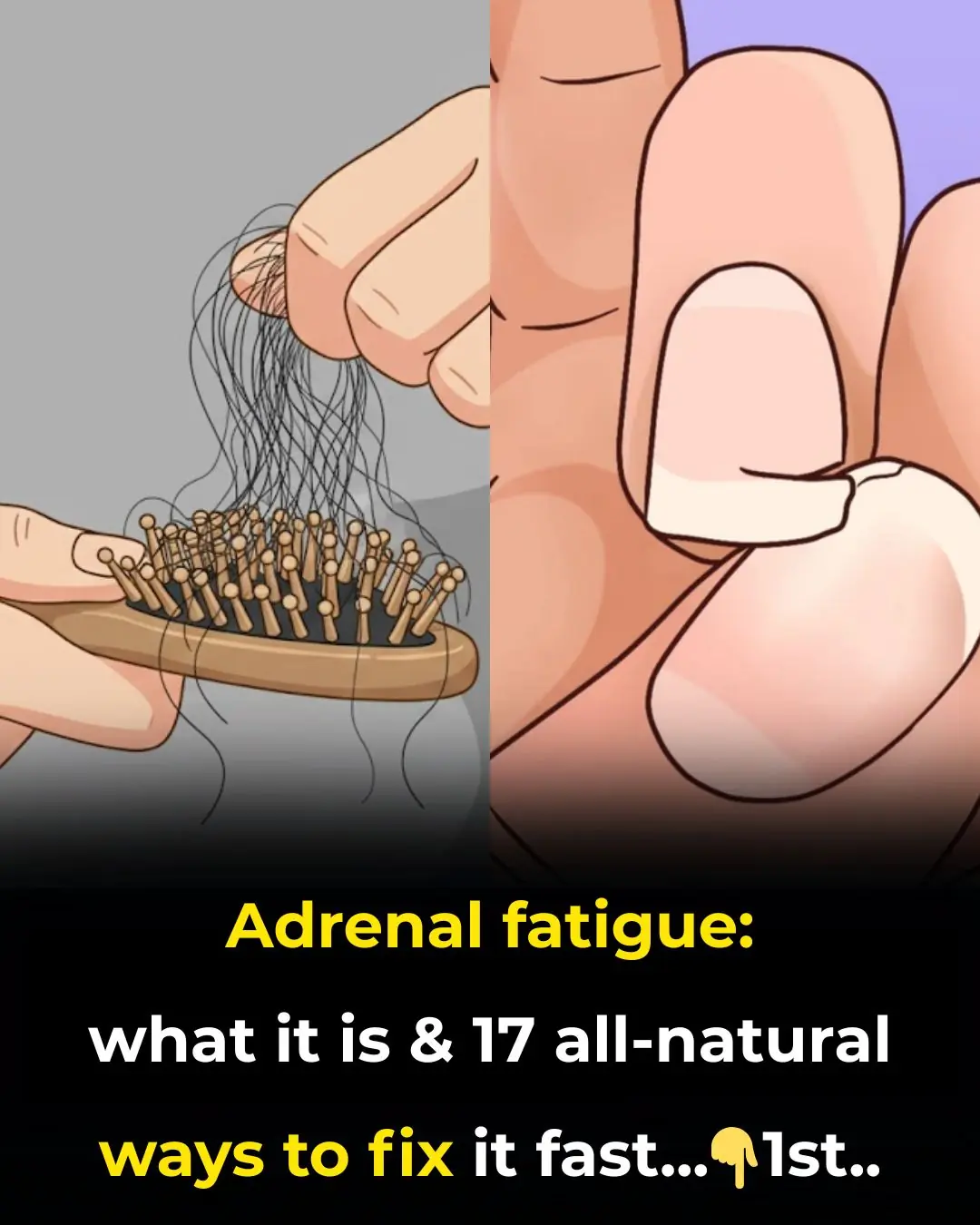
Adrenal fatigue: what it is and 17 all-natural ways to fix it fast

Colon Cleansing With Kefir and Flaxseed Meal

Apple extract kills colon cancer cells better than chemotherapy drug

12 surprising foods that help dissolve blood clots naturally

5 Best Water Benefits You Should Know
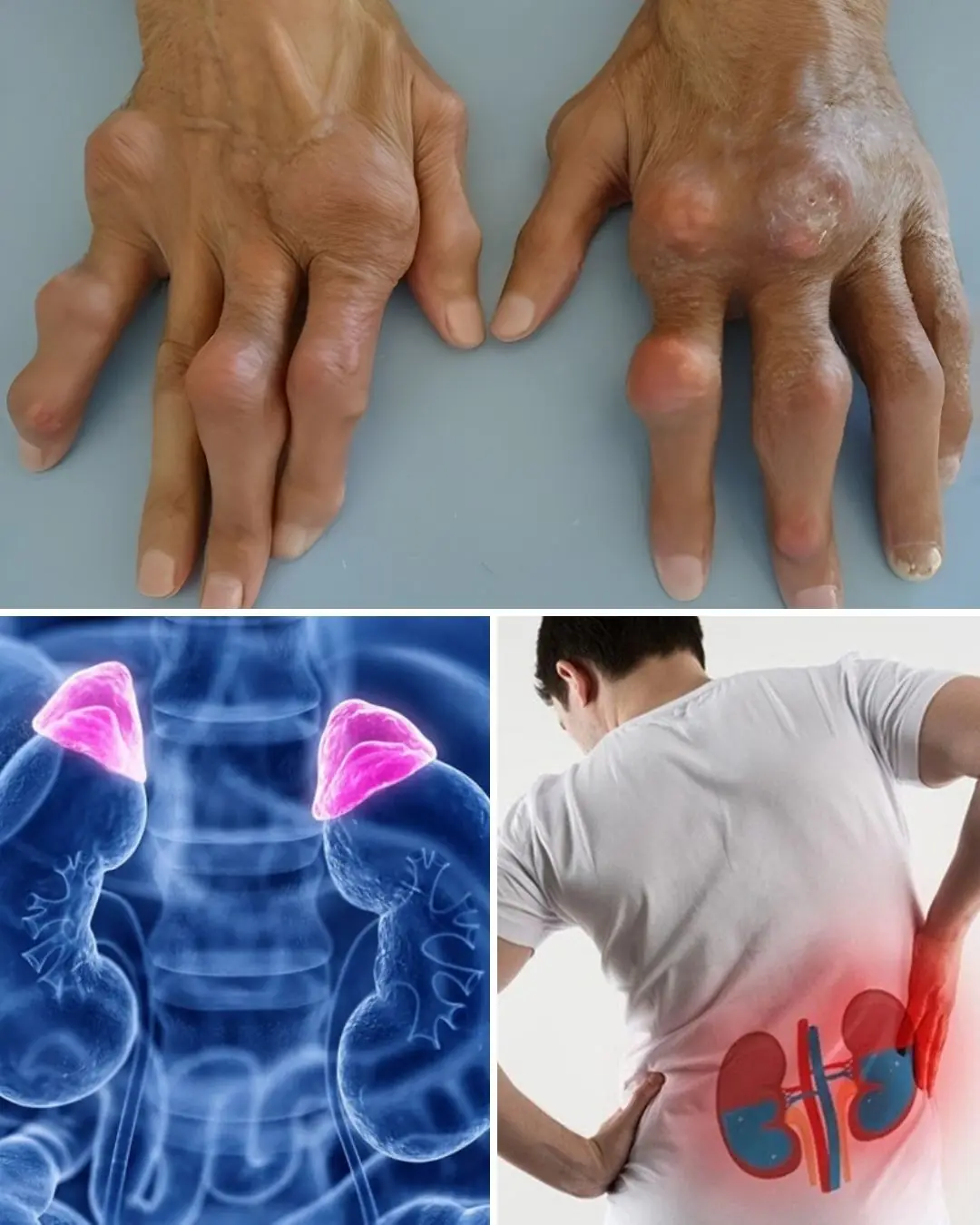
The Link Between Gout and Kidney Disease: What You Need to Know

The Rise of Kissing Bugs
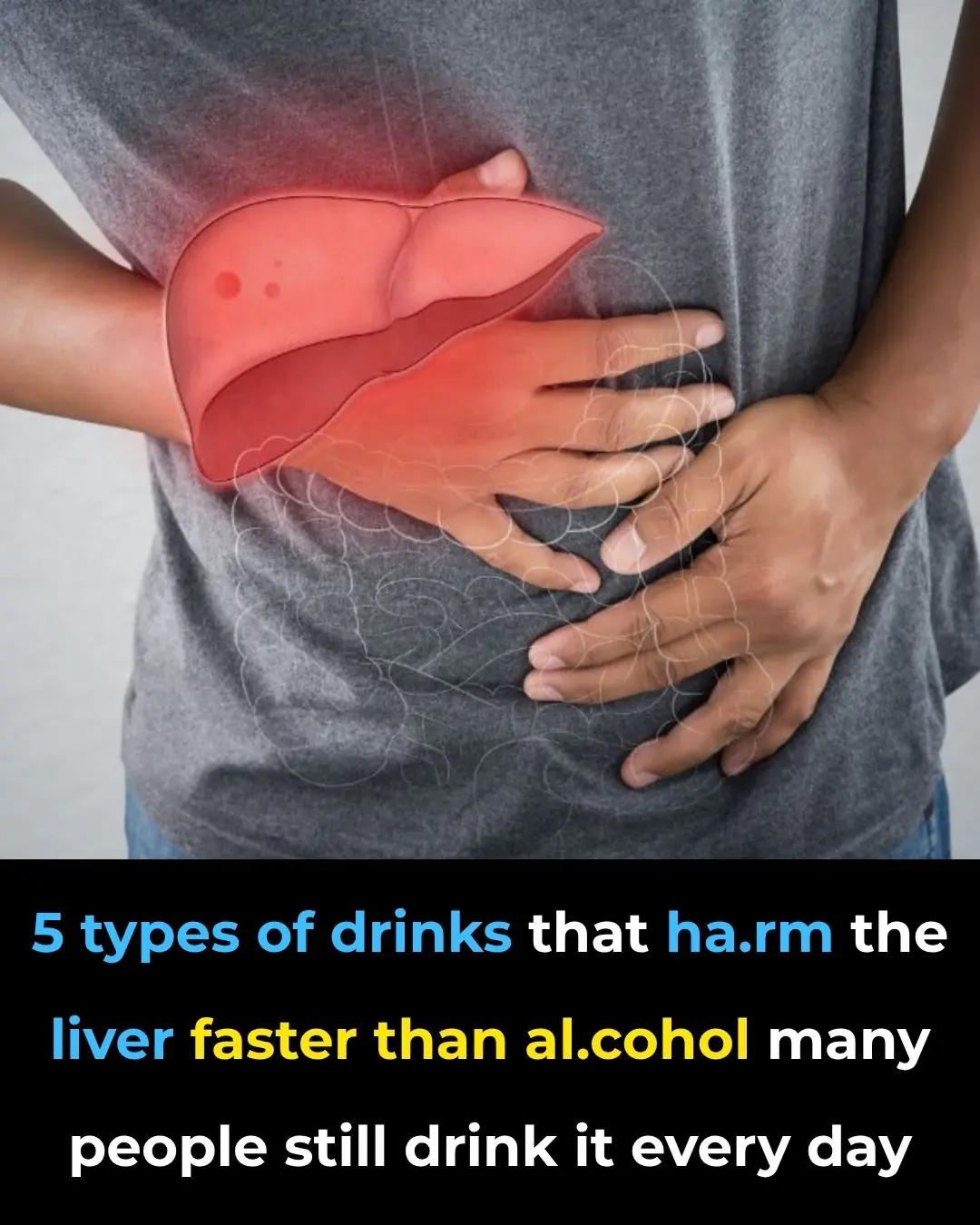
5 Common Drinks That Can Damage Your Liver Just Like Alcohol
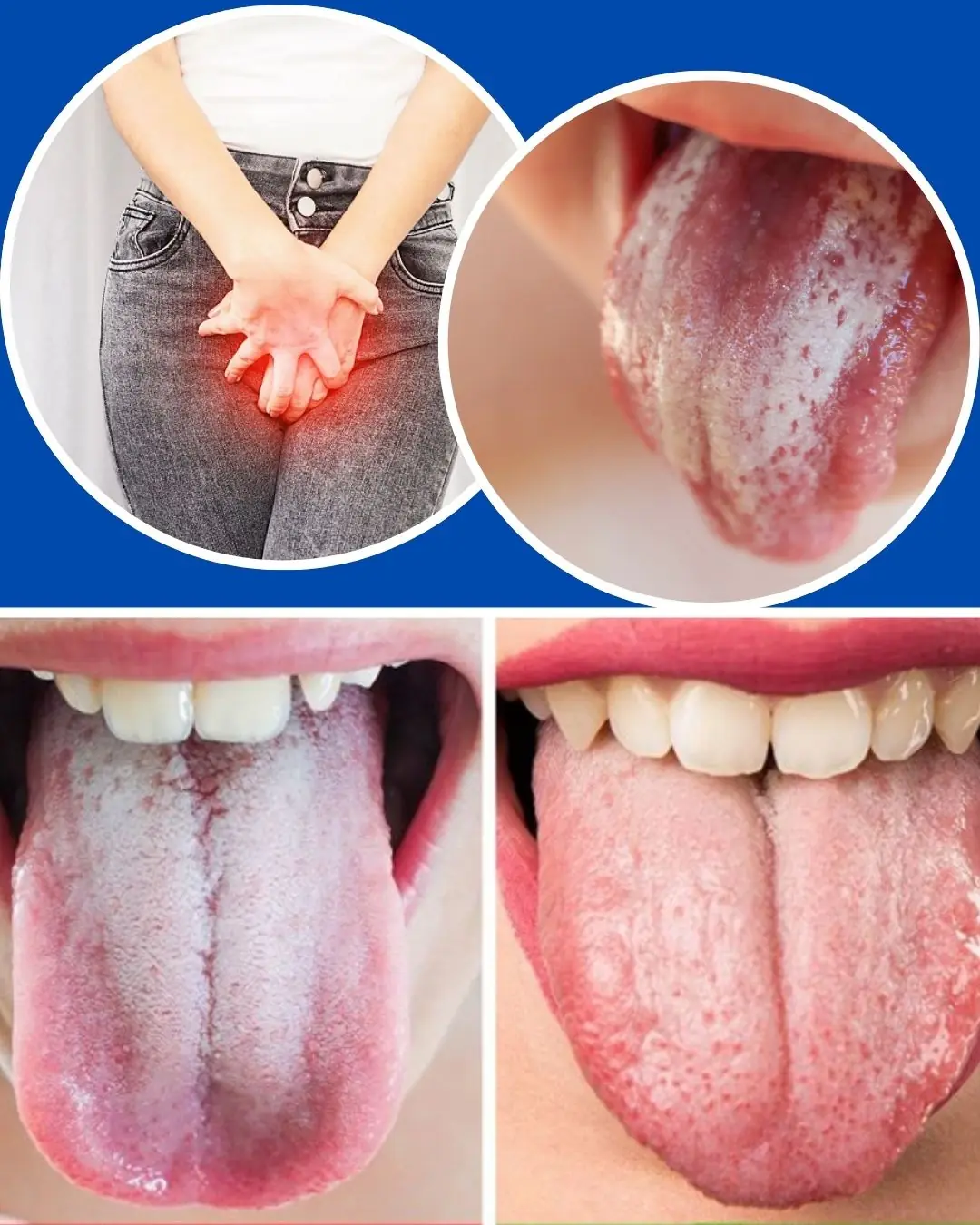
Listen to Your Tongue: 11 Subtle Health Messages It Sends Health June 11, 2025 Updated: June 11, 2025
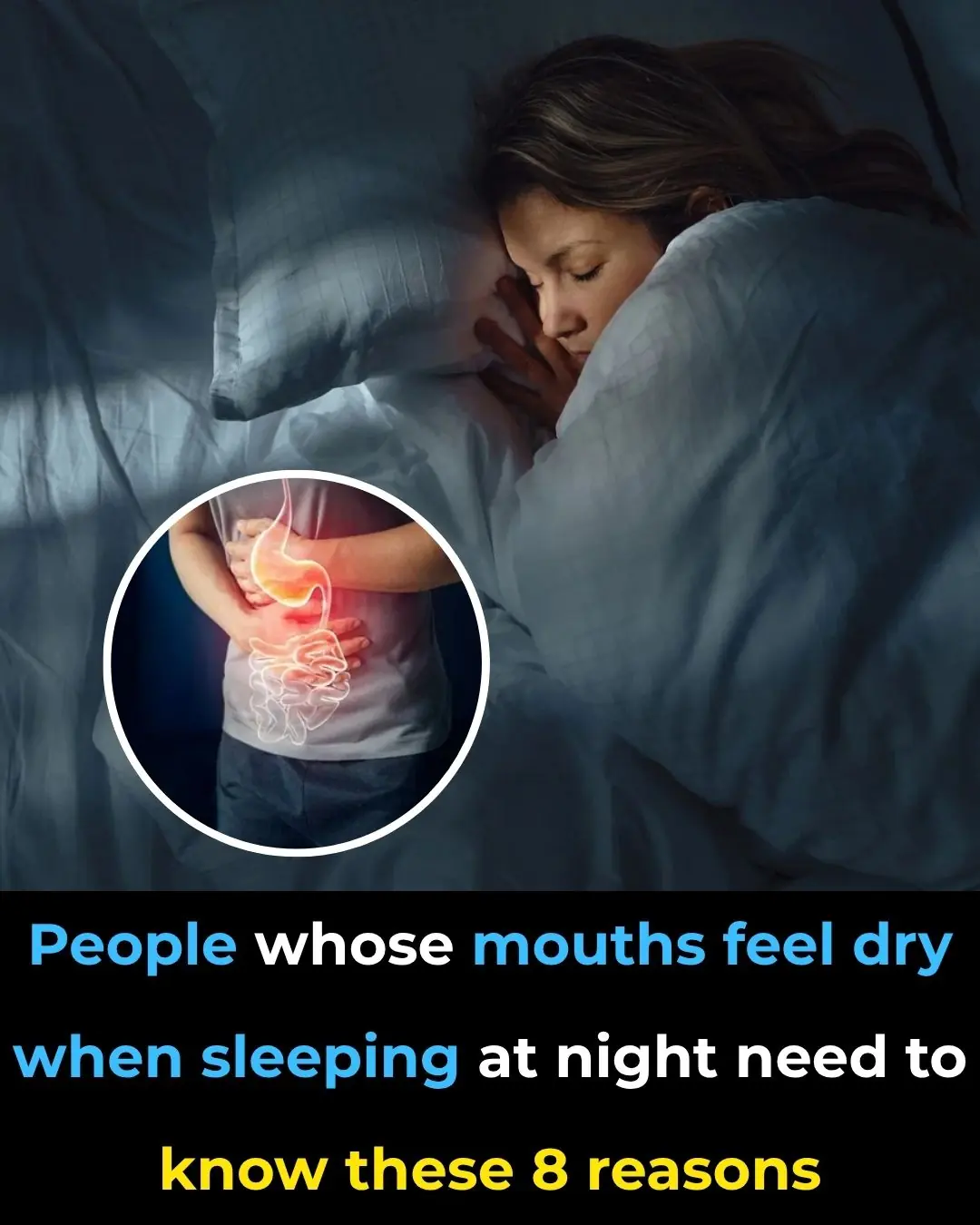
If your mouth feels dry at night, here are 8 reasons why
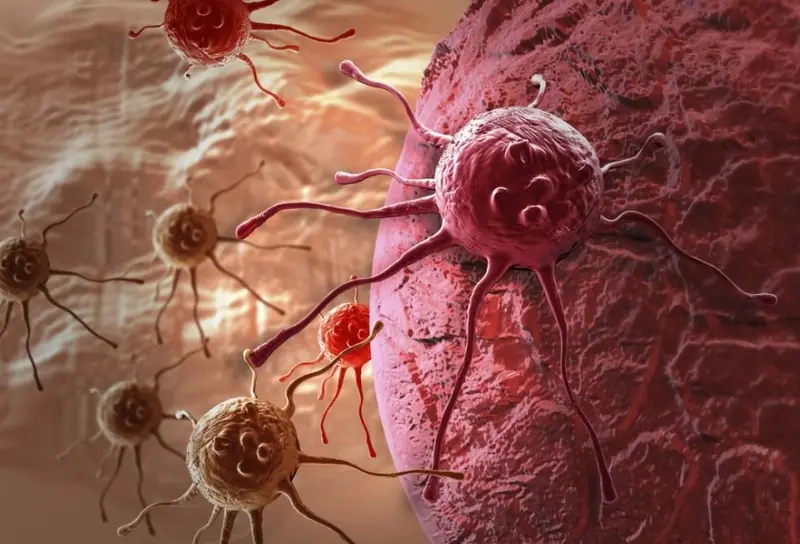
Two itchy areas on the body could be a sign of liver cancer — but many people mistake it for an allergy
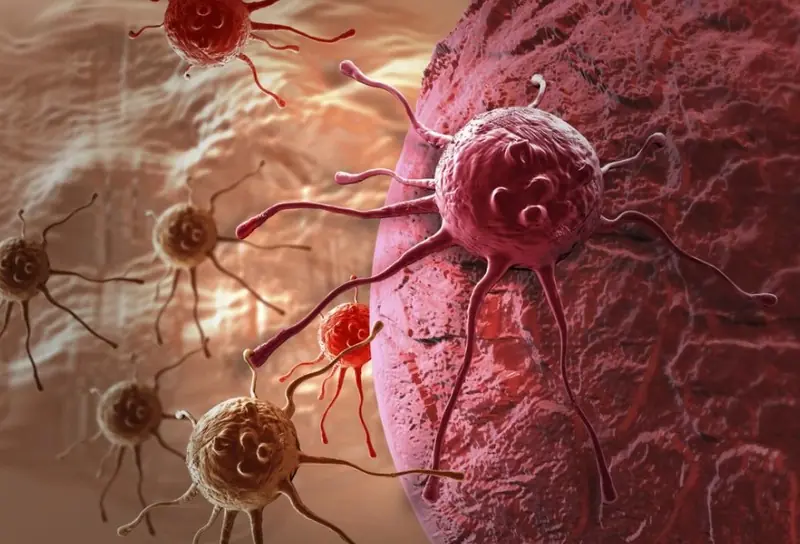
GOOD NEWS: The U.S. Has Successfully Tested a 'Miracle Drug' That Destroys 70 Types of Cancer
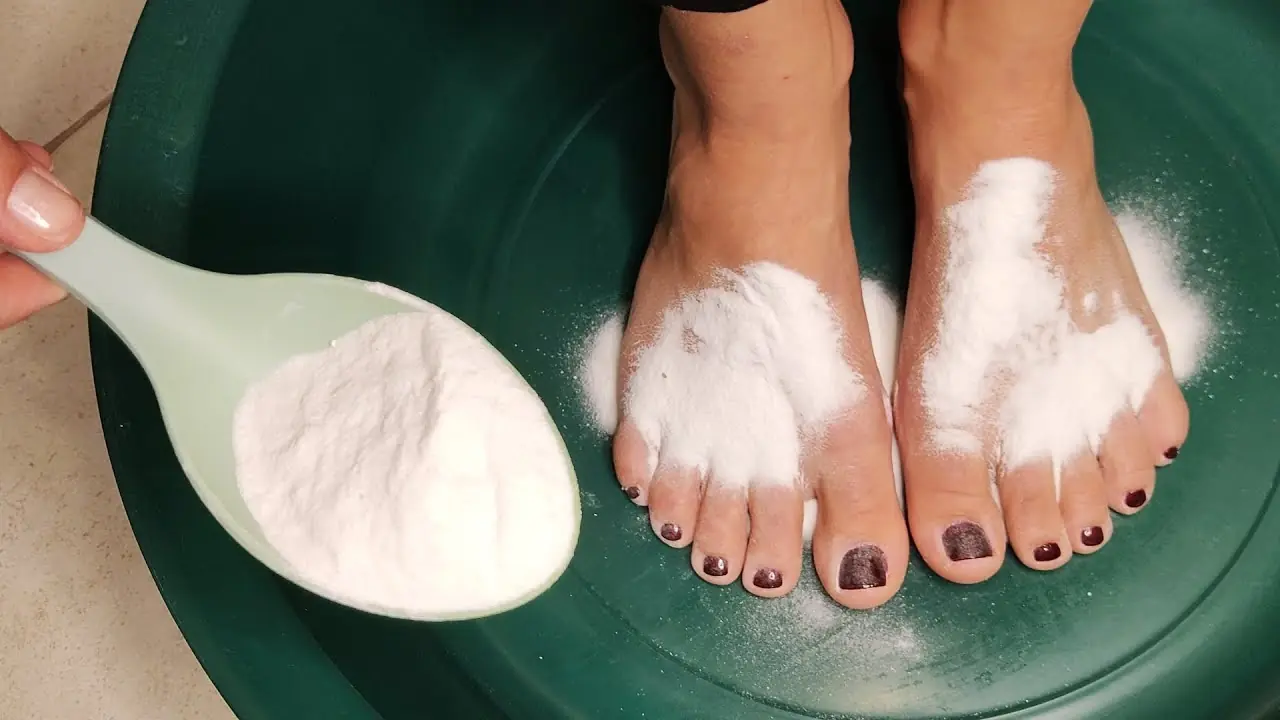
Say Goodbye to Dead Skin on Your Feet with These Simple Natural Remedies

12 Urgent Warning Signs That You’re Not Getting Enough Vitamin D
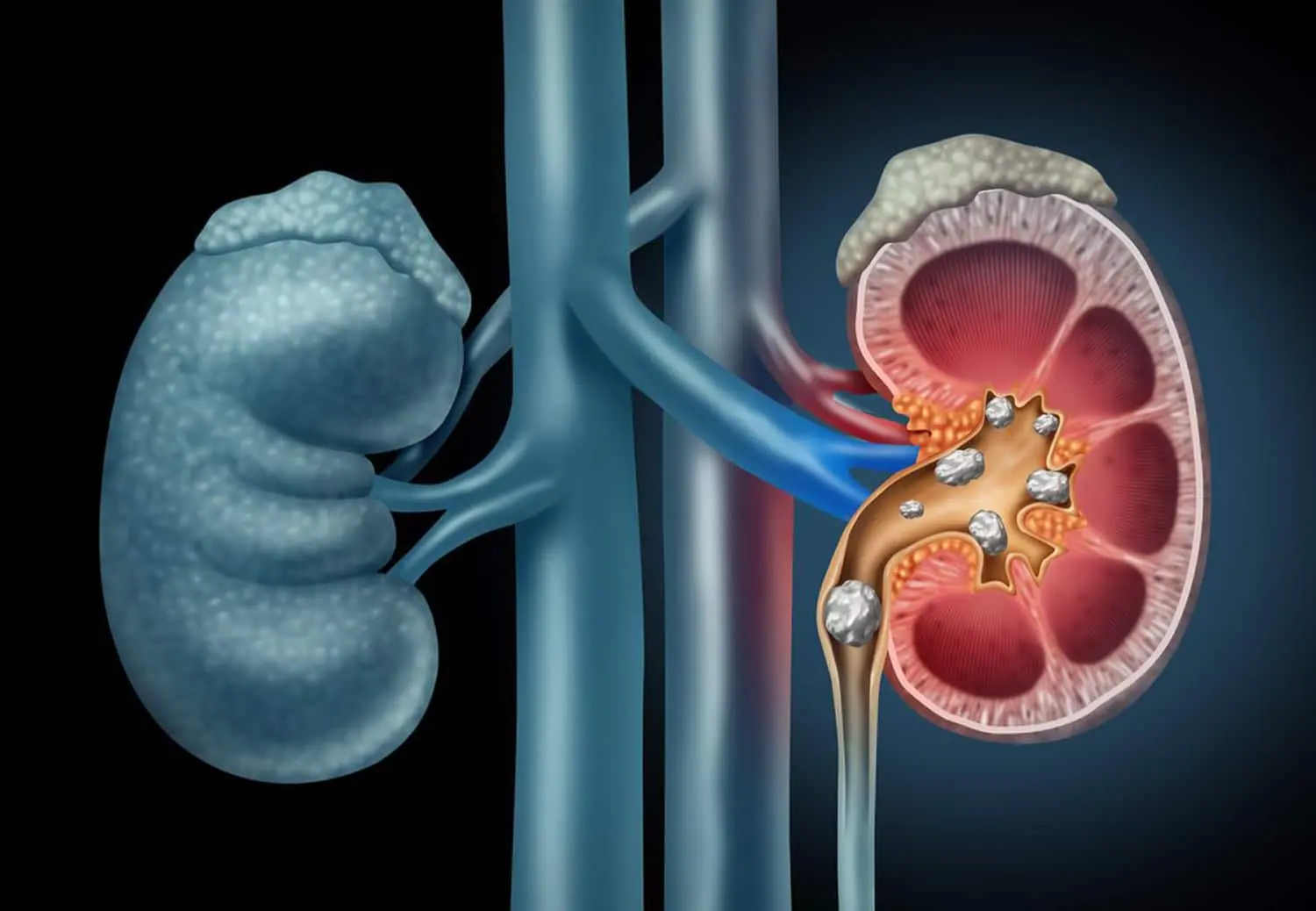
Top 10 Signs of Kidney Problems You Absolutely Must Be Aware Of
News Post

26-Year-Old Entrepreneur Makes History As Owner Of First Black Woman-Owned Tequila Brand In Texas

Michelle Obama & Brother Craig Robinson to Launch New Podcast Giving Their Opinions on Everyday Life

Lori Loughlin Could Get Nothing From 1997 Prenup That Shields Designer Husband’s $100M Fortune

Willie Flanigan and the Gift of a Simple, Perfect Day.

A Cart Full of Kindness: When a Stranger Paid It Forward.

20-Year-Old Man Suffers Acute Kidney Failure After Eating 30 Grilled Oysters — Doctors Reveal the Shocking Cause

Fig Leaves: Surprising Benefits and Uses

How to Clean Moldy Refrigerator Gaskets — Sparkling Clean in Just 5 Minutes

The Whale That Carried History In Its Neck For Over 100 Years

Denver Bans the Sale of Dogs, Cats, and Rabbits, Paving the Way for More Shelter Adoptions

Medicinal Health Benefits of Turmeric, Curcumin and Turmeric Tea Based on Science

The Best Foods to Cleanse and Prevent Clogged Arteries

Capsaicin Stops Heart Attacks And Destroys Cancer Cells

17 Signs Your Body Is Too Acidic And 9 Ways To Quickly Alkalize It

Adrenal fatigue: what it is and 17 all-natural ways to fix it fast

Colon Cleansing With Kefir and Flaxseed Meal
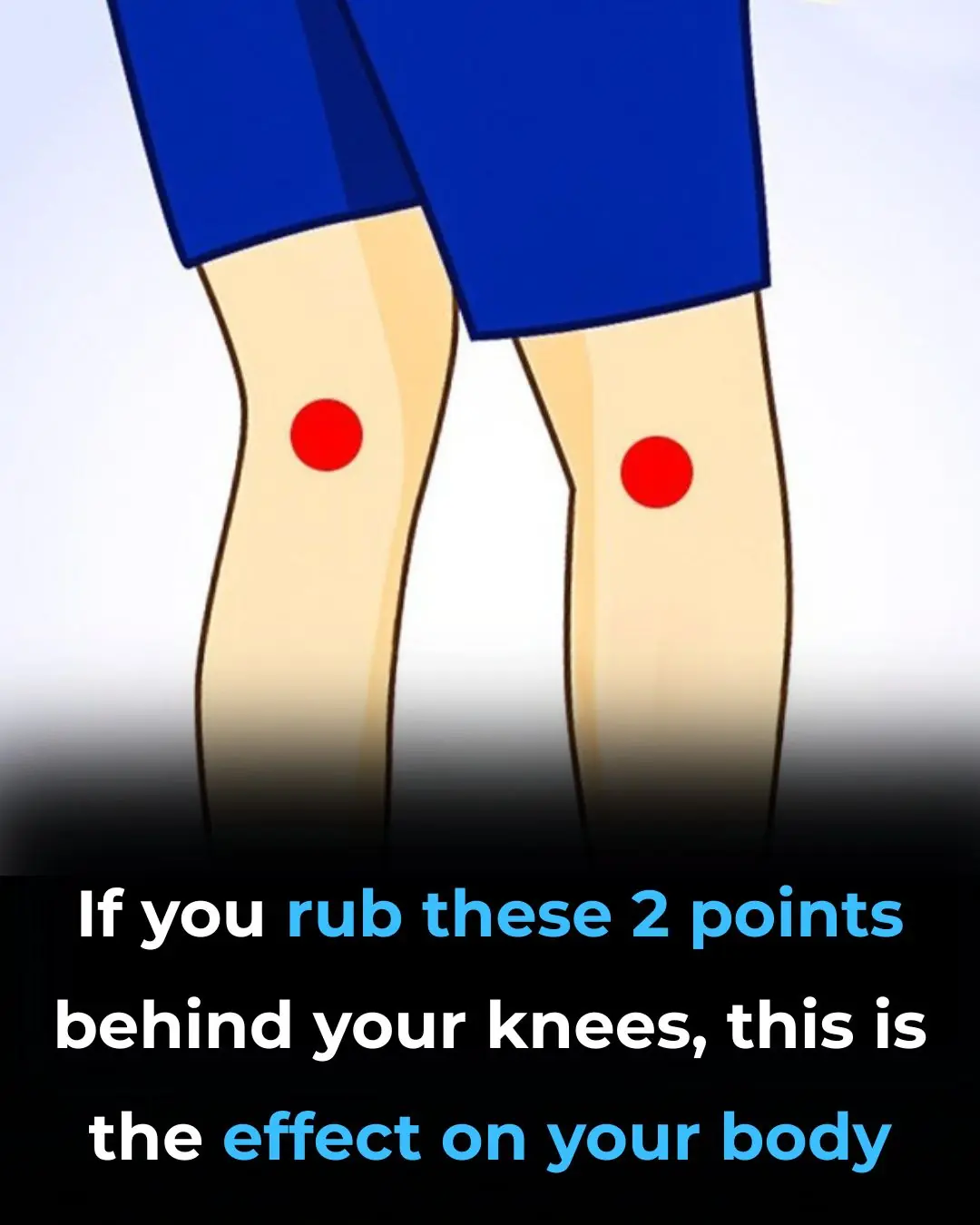
If you rub these 2 points behind your knees, this is the effect on your body

Apple extract kills colon cancer cells better than chemotherapy drug

12 surprising foods that help dissolve blood clots naturally
